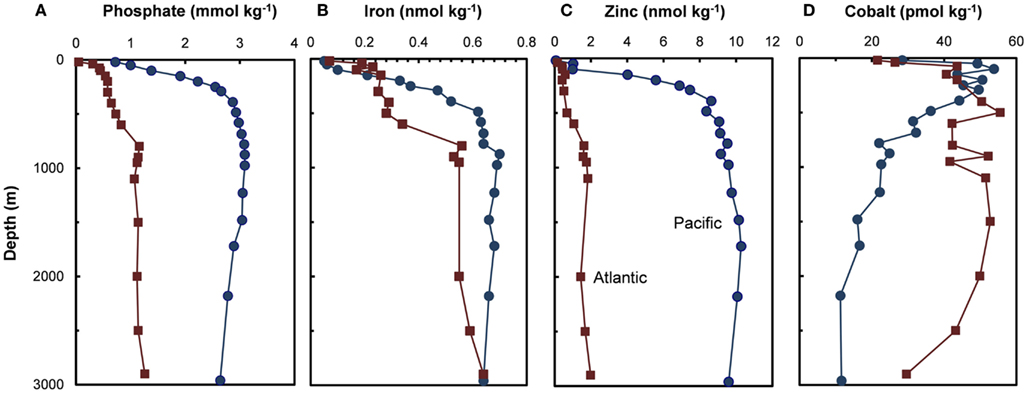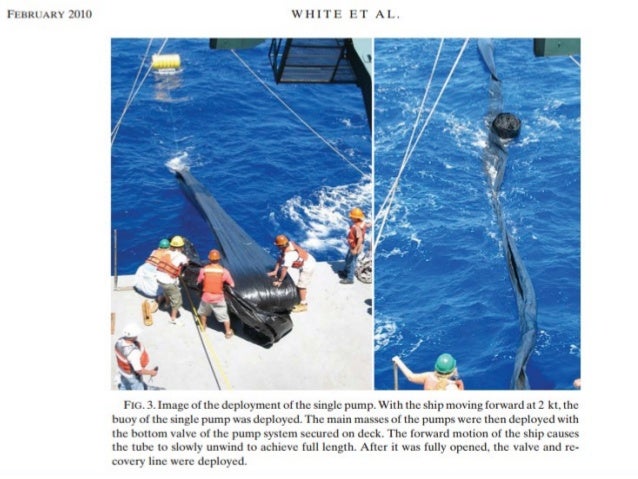Burning fossil fuels drives the production of CO2, causing climate change. We can see the CO2 concentration in our atmosphere rise at an alarming rate, higher than geological records show in the last million years. It is causing all kinds of problems, amongst which is warming and acidification of or oceans. Burning anything, including fossil fuels, requires oxygen, by definition. So what happens to all the oxygen we are now binding to carbon? There are measurements for that, an example you can see below.

As you can see the amount is dropping steadily. We know that this dropping of oxygen will continue for quite some time, and that a spontaneous rise absent any life and photosynthesis will not occur. We are looking at the reduction of a primary condition for human life in permanent decline. Even though we can calculate that it will take a long time until we all choke to death, without action, this will happen. This is because of secondary effects of CO2 increase.

The disappearance of oxygen is not a new phenomenon, it happened before, and it meant the end of species that required a lot of oxygen. During the extinction that ended the Permean era the oxygen breathing land animals all disappeared. The ancestors of the life that survived all where really small or cold blooded, requiring much less oxygen (making the then heated up planet ideal for dinosaurs). Most life however had a very hard time during that (global warming related) extinction because the atmosphere was full of toxic H2S that evolved from the anoxic ocean. We are seeing the same scenario unfold today even if there is still plenty of time to turn the process around.

Oceans make 50% of the oxygen added to our atmosphere each year. The plankton floating on its surface use nitrients and sunlight to grow consuming CO2, H2O to make sugars, cellulose and oxygen is a byproduct of that process. Now, because oceans are becoming more acidic and warm, the amount of plankton is dropping. fast. In the Indian ocean the phytoplankton dropped 30% in the last 16 years. This means it could halve within 26 years, or faster, depending on the process involved. Many studies already shown that ocean phytoplankton (plants, seaweed) grows slower or not at all when water becomes more acidic. Also many fish species use the ocean environment for conception, and this process proves to be highly sensitive as well.

The decline can be monitored with a smartphone. Yeey
Another process also happens because of climate change, called stratification. Layering of the ocean into warmer and colder layers happens because the top layer absorbs the sunlight, which makes it expand and be lighter than the deeper colder water. This seems a harmless logical process, but it is not because nutrients sink down, and when the warm top layer never mixes with the deeper cold layers, the nutrients stay down, preventing anything from growing in the top layer, thus preventing the generation of Oxygen.
“A decline in ocean mixing due to warming surface waters is to blame for that phytoplankton plummet, researchers propose online January 19 in Geophysical Research Letters. The mixing of the ocean’s layers ferries phytoplankton nutrients from the ocean’s dark depths up into the sunlit layers that the mini plants inhabit.”
What can we do about this process? First of all we could stop burning stuff. We are slowing it down gradually, which is good. We are also reducing fishing, being more sensible about it, which means more nutrients stay in the top layer of our oceans as live or dead or digested organic material. Fish keep their own environment fertile so to say.

Above shows how nutrients are distributed with depth. It is clear values can be low at the surface, probably also a result of rain which replaces surface water while containing zero nutrients. As it is clear the ocean is stratifying as well, it seems a good approach to pump deeper water to the surface, to cause mixing in order to preserve plankton growth. This approach has been tried and analysed as we reported before. It comes in different flavours, namely one focusing on iron defficiency so called ‘iron fertlisation’ and one called ‘artificial upwelling’ that looks to imitate coastal current effects (where deeper ocean water gets pushed up, feeding abundant ecosystems). Iron fertilization has been tried and comes under considerable fire from the anti-geoengineering camp.

The idea of using upwelling has been tested, but these tests have not been completed or thorough enough. Even though it was calculated that artificial upwelling had positive effects on ocean life as well as on land (when done at a large scale it would cool the air also above land, increasing plant species survival) the approach has been dismissed on strange grounds. The argument being that once you start to revive the oceans you would have to keep doing it or global warming would be worse, because you warmed the oceans by circulating deep water. Also the difficulty in monitoring the widespread positive effects would be a problem.
“The [upwelling] model predicts that about 80% of the carbon sequestered is stored on land, as a result of reduced respiration at lower air temperatures brought about by upwelling of cold waters. ” (source)
Saying as in this press release that the method of artificial upwelling ‘is not feasible’ is wrong, it is perfectly feasible. Only to have a positive effect one needs to keep doing it for as long as it takes. It seems the time has come to try this and start doing it on a large scale, making succes in terms of local plankton growth the biggest determinant of succes. Maybe similar arguments apply to iron fertilization but that is much more difficult to determine for a non-marine expert. Bringing life back to the oceans, preventing the stratification and death of them seems an obvious win, and we might be able to do it while also increasing resources for human consumption like in fish farms. Those that dismiss it as dangerous geoengineering underestimate the speed with which the approach would grow, wich leaves plenty of time to spot and prevent negative effects. On the other hand, it might be our only shot at securing oxygen for future generations.
Enhancing fish stocks with wave-powered artificial upwelling
Upwelling calculations and results at greenseaupwelling
Click here to listen to a presentation on ocean upwellings
